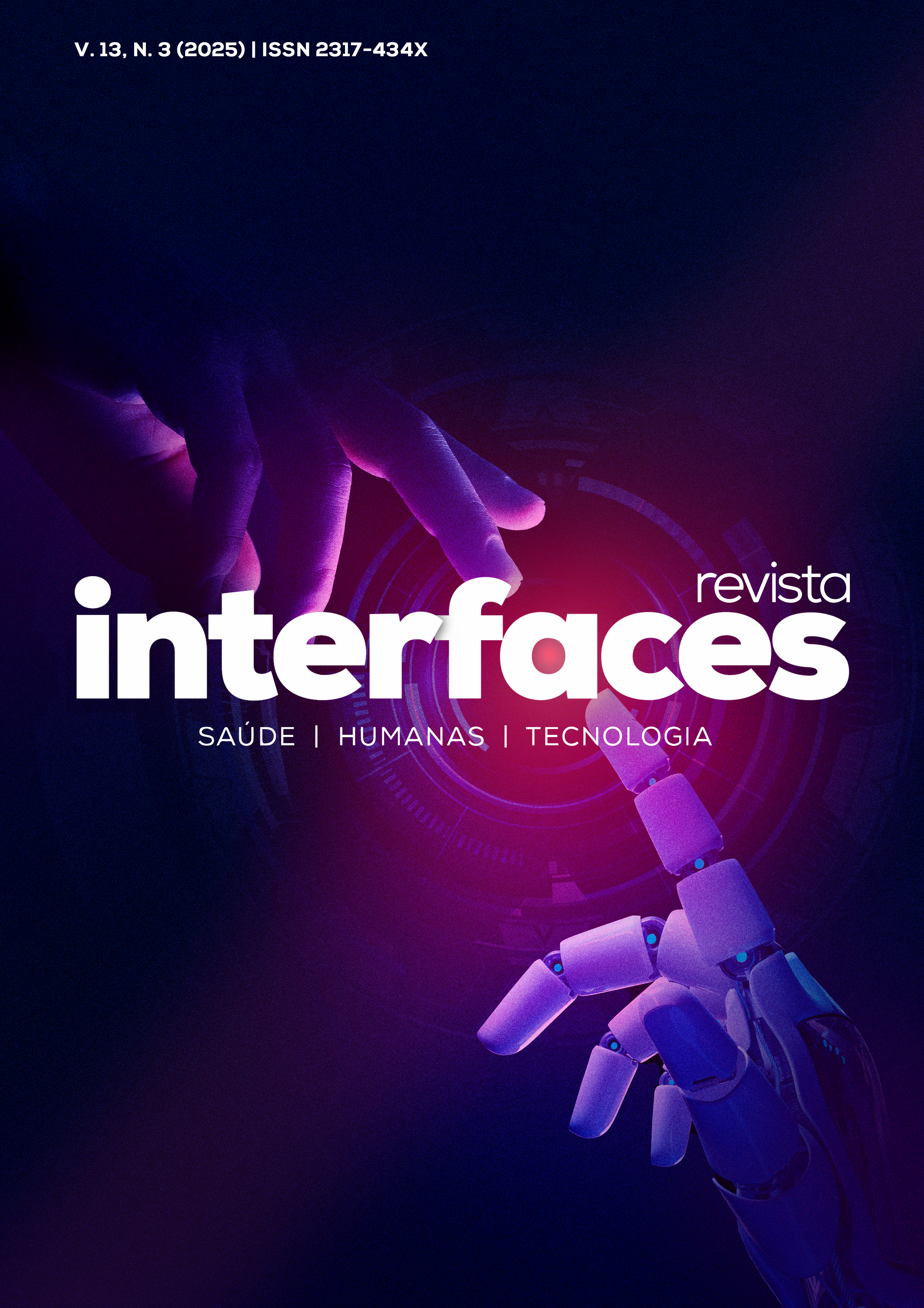Profile of older adults with heart failure referred to palliative care: the impact of frailty.
DOI:
https://doi.org/10.16891/2317-434X.v13.e3.a2025.id2422Keywords:
Idoso; Insuficiência Cardíaca; Cuidado Paliativo.Abstract
Chronic non-communicable diseases (NCDs) account for more than 60% of deaths worldwide. Among these diseases, heart failure (HF) is one of the biggest causes of morbidity and mortality in older adults. Furthermore, there is a bidirectional pathway between frailty, which is characterized by a reduction in physiological reserves that limits the ability to react to stressors, and HF. To evaluate the profile of older adults with HF referred for palliative care. Methods: 54 medical records Dante Pazzanese Cardiology were analyzed. To assess functionality, the Palliative Performance Scale (PPS) and Katz were applied; Frailty was determined by the FRAIL scale and survival rate was determined by the Charlson comorbidity index score (CCI). The profile of the patient with HF who was referred to palliative care in this study was mostly composed of: women (61%), with an average age of 85,7±7 years, polymedicated (92%), who required hospitalization due to HF decompensation due to least once in the last year (57.4%), with a moderate to high degree of dependence for basic activities of daily living (55.5%), multi-comorbid (85% with at least 5 diseases according to the Charlson comorbidity index), markedly fragile (94.4%) and with a high mortality rate (20.3%). Already established in the literature, frailty syndrome is associated with high morbidity and mortality in patients with HF, which often limits the indication of advanced therapies in their treatment. In this sample, this syndrome was observed in 94.4% of patients, inferring the importance of this condition in the poor prognosis of advanced HF.

